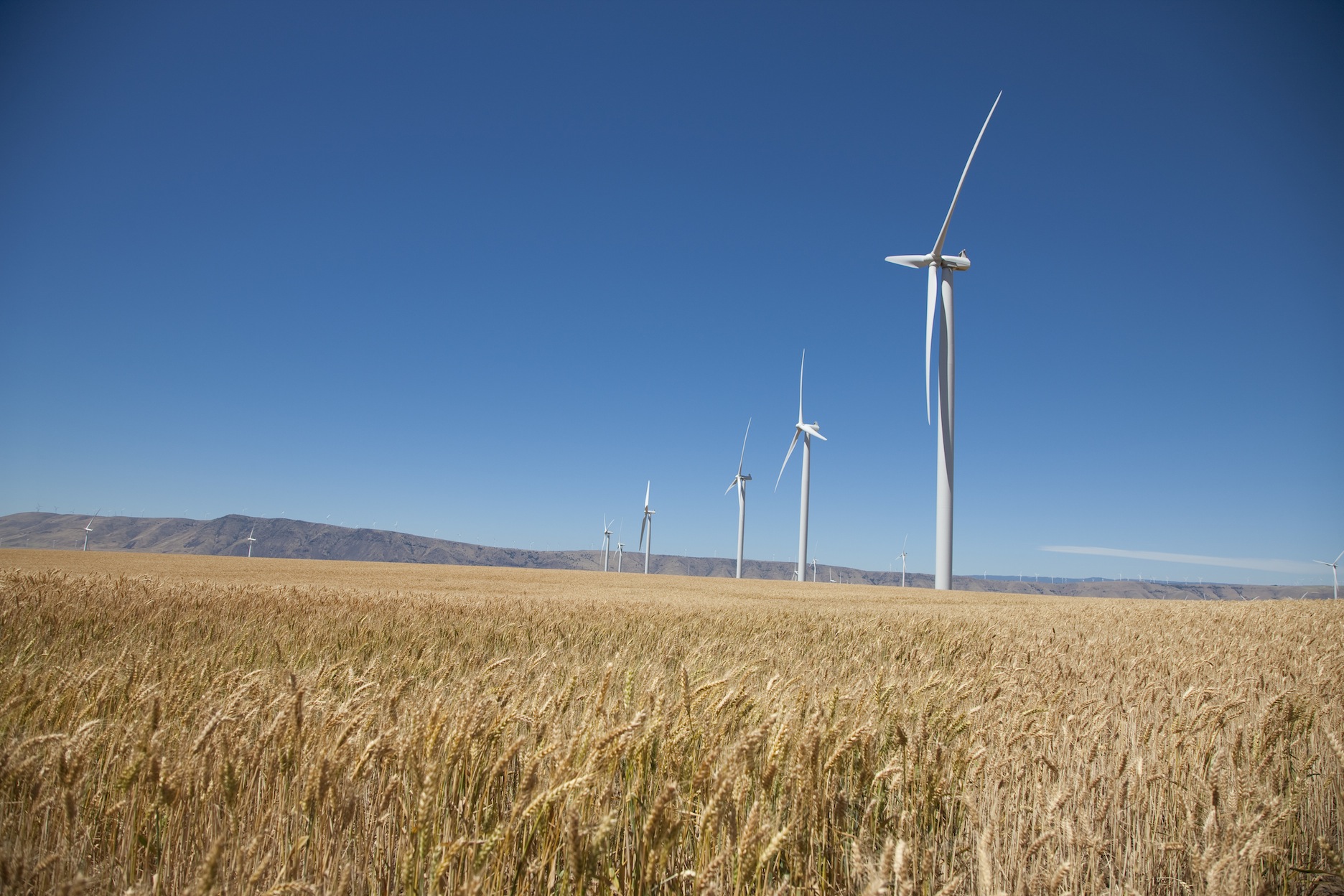Sustainability at ICC Part 1 of 3: Wind Turbine Still Up In the Air

PHOTO COURTESY VESTAS WIND SYSTEMS A/S
EAST PEORIA — Eight and a half years ago, Illinois Central College paid to have a study done on whether or not the East Peoria Campus could support a wind turbine generator as a source of “renewable energy,” and after all this time, it is still unclear what the future holds for a windmill on campus.
To be clear, this “windmill” isn’t the kind that you might have in your backyard; it is taller than a football field is long and weighs more than two million pounds according to records of the study. It is the same type of structure that you see advertised in commercial wind farm applications for the generation of electricity.
According to Michael Sloan, dean of agriculture and industrial technologies at ICC, back in 2005, grant writer gave ICC the money to look into installing a wind turbine and that brought about the feasibility study.
The study involved a detailed examination of the environment around ICC to determine its potential as a site for a turbine. It looked at numerous factors ranging from the area’s wind speed to the noise impact a functioning turbine would have, and despite the somewhat suburban setting of the East Peoria Campus, the study found that it would be a suitable location for a windmill.
This suitability has some faculty and students wondering why ICC hasn’t followed up on the project in the years since the study’s completion.
ICC chemistry professor Billy Cook has always hoped the wind turbine would become reality. After all these years, he still brings a copy of the feasibility study with him to every sustainability meeting he attends at ICC. Regarding his relationship with college administrators, he describes himself as a “burr under their saddle” because of his persistent advocating.
Biology professor Kristin Jacobson-Flex feels that ICC has recently been giving more focus to sustainability. She said that she also sees benefits to a wind turbine on campus.
“It looks bad that Heartland and all these other schools have them,” she said. “Seriously, it can’t be great that everybody else is ahead of us. … and we’ve got a great site for wind!”
Cook and Jacobson-Flex aren’t alone in their support. ICC student Cory Whittaker, 23, of Mapleton, is also a strong advocate for the turbine. President of the Student Association for the Environment (SAFE) at ICC, Whittaker feels that ICC should invest heavily in renewable energy.
“That feasibility study that was conducted was only an estimate for a 1.8-megawatt system,” said Whittaker. “If we were going to do it, whether it be wind or solar, we need to invest in a large enough system to not only completely offset our utility bill but also support our local community.”
Bruce Budde, executive vice president for finance and administration at ICC, expressed both support and concern for the project. Budde said that cost of the project would be difficult for ICC to absorb on its own. Grants could make the project more economical, but ICC hasn’t received any thus far.
Statistics defend Budde’s concerns. Back in 2005, the turbine installation was projected to cost $2,040,150 and take 25 years to pay for itself. Today, ICC’s conventional electricity costs have actually declined according to Budde while the cost of wind turbines has risen.
Denmark-based Vargas Wind Systems Inc., the manufacturer of the turbine that was recommended to ICC in the study, told the Harbinger that the recommended turbine would today cost ICC about $2,250,000 before installation costs. Meaning the total cost would be around $2.7 million. This means that it may now take significantly longer for ICC get a financial return on a wind turbine.
ICC is pursuing other forms of renewable energy though. According to professor Steve Flinn, ICC has, with the help of grants, purchased materials for a solar panel installation on roof of the AIT building. The equipment for the 15-kilowatt setup is currently in storage, but ICC has everything they need to someday assemble it.
Flinn said that the project has been a few years in the making, and he feels that “no one’s dropped the ball on this.” He is unsure though exactly when ICC will assemble and install the system.
Sloan is still hopeful for wind in the long run though.
“I think we’ll see a utility-scale wind turbine in the next generation, in the next twenty years,” said Sloan. “That’ll be after I retire, though,” he chuckled.

